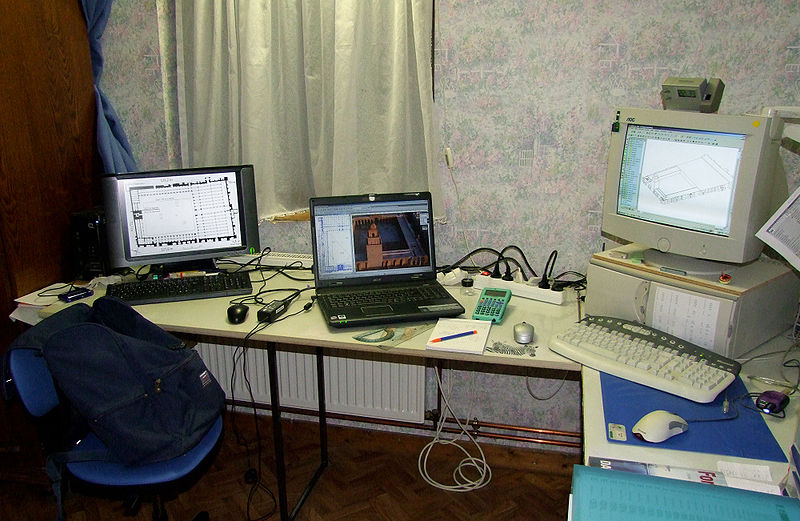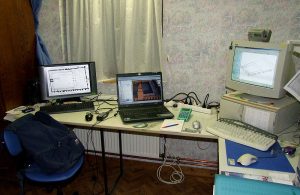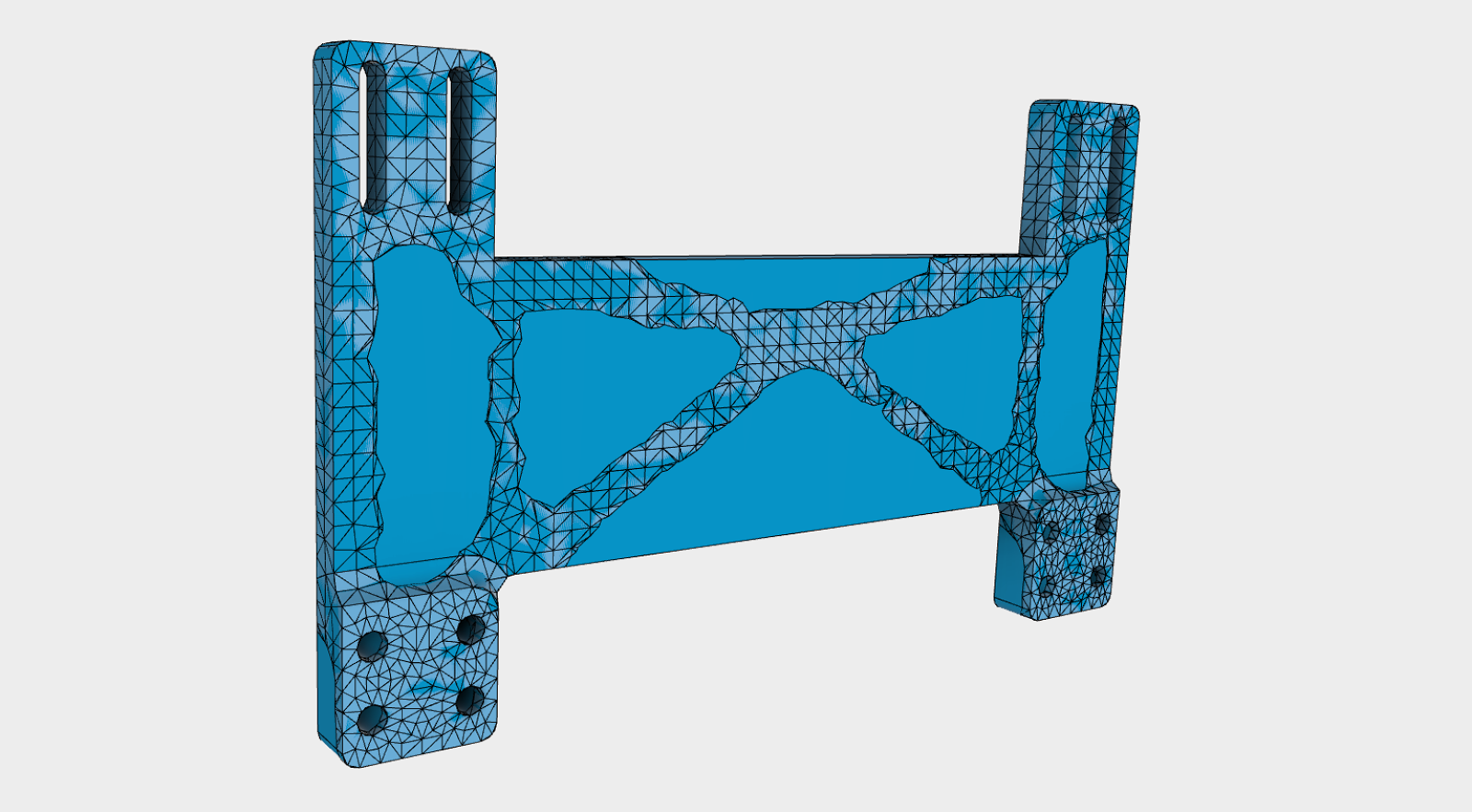
I had the privilege to sit down with industry expert and Autodesk’s own Jay Tedeschi to discuss the state of the engineering fields, what lies ahead, and even where we came from. In what will be the first of an ongoing series of blogs detailing our discussions, we discussed the evolution that engineering and mechanical design has taken over the years – from half million dollar CAD hardware-software systems that filled rooms to the breathtaking desktop cloud-based simulation tools of present.

Jay grew up in New London, Connecticut where he lived across the river from where the U.S. Navy manufactured many of their cutting-edge Nuclear submarines in the 1960s. Both this close affiliation with Nuclear engineering and the ongoing space missions inspired Jay to have a passion for engineering. He soon found that he naturally had the ability to take highly technical information and communicate it to those with little prior understanding. In his own words, he found he could put “highly technical things into layman’s terms.” Something that naturally makes a good engineer.
Jay’s first job in engineering landed him at the front line of Naval Weapons technology, essentially working for the Department of Defense on an upgraded weapons platform for nuclear submarines. Ultimately called a wide aperture array system (WAA) it was the most advanced passive targeting system equipped on any Naval vessel at the time. Jay shifted careers as the end of the Cold War approached and started working for a reseller as an applications engineer. His involvement with early CAD systems began with his work at the DOD. The systems of the time were bulky, expensive, and could “model in any color you wanted as long as it was 1 of 256 shades of green.” A short time after working as an applications engineer, Jay found his way to Autodesk and has been here ever since. In fact, he has an inside look at the progression and formulation of Inventor and mechanical design capabilities as Autodesk continued to grow.
Diverging from Jay’s background, we then got into a discussion on how he thought the industry had shifted over his career – specifically with the emergence of useful CAD. When he first started working as an engineer in industry, after designing a part or system, he would have to send it “over the wall” to analysis. Paraphrasing his words, analysis was where an engineer would sit down and muscle through figuring out whether a part would work – making markups and revisions – then passing it back to be redesigned. This process was lengthy and ultimately slowed down the design process workflow.
As CAD got better, designing got faster.
Improvements were constantly being made in the design process, all at the hand of improving CAD. When Jay first started designing, he had to draw out components by hand, then work on revisions by hand again. Jay noted that when CAD first started emerging, the upfront design time might increase slightly but it made modifications and improvements easier and faster than ever. This is ultimately what gave CAD the advantage.

The next progression was in the elimination of the need for design review. Simulation technologies evolved to the point where one engineer could do both design and analysis at the same computer without the disruption of workflow. Now where we stand today, simulation and analysis has been brought to the front end of the design process. Instead of being the last thing done in a design or redesign workflow, it has now become one of the first, with generative design being at the forefront of this capability.
Jay says biggest change in engineering and design over the years has been the advance of these simulation capabilities. Engineers today have the power of whole teams of engineers back just 50 years ago. The incredible power of all of the engineering design software out there now allows for seamless design and one of the most optimized workflows that the design process has ever seen – and it’s only getting better.
Tune into the next edition of this blog series as we dive deeper into early CAD software and technologies over the years through the eyes Jay’s lifelong experience.
Image: [1]


